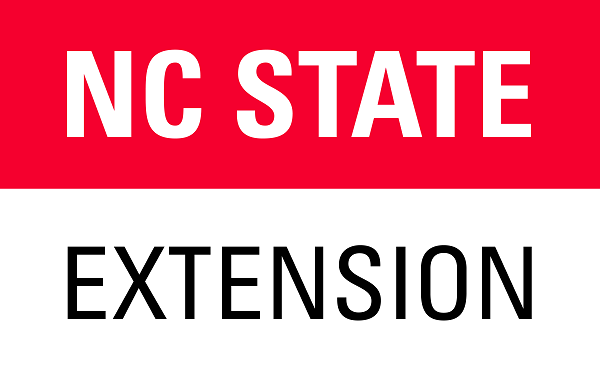

The Feasibility of Feeding Altrenogest to Gilts not Responding to Boar Stimulation explores whether feeding altrenogest (Matrix®, ChronoMate®, SwineMate®) to nonresponsive gilts could improve reproductive outcomes. Altrenogest is typically used for synchronizing estrous cycles in sexually mature gilts, but some producers have tested its use on nonresponsive gilts after short periods of boar stimulation.


Study Overview:
- Boar Stimulation Responses:
- Early, Intermediate, and Late Responding Gilts: Gilts showing heat within 7, 14, or 23 days of boar stimulation were managed and bred.
- Nonresponding Gilts: Gilts not showing heat after 14 days were fed altrenogest for 14 days. Boar exposure resumed, and if heat occurred, gilts were bred.
- Results:
- Cost per nonresponding gilt increases when feeding altrenogest, with some gilts failing to show heat even after treatment.
- Risks: Nonresponding gilts may show unpredictable heat or reduced fertility. The financial cost doubles for gilts if only 50% respond to treatment.
- Cost Comparison: Feeding altrenogest triples the cost if gilts show no heat and must remain in barns for product withdrawal periods, causing further losses when sold as discounted hogs.
- Recommendations:
- Producers should continue boar stimulation for at least 23 days before considering altrenogest. Most nonresponders should be culled early for meat to avoid higher costs.
- Regular heat tracking, strategic grouping of gilts, and boar exposure reduce nonproductive days and optimize responses.
Ultimately, the report suggests that the costs and risks associated with feeding altrenogest to nonresponding gilts may outweigh the benefits, making it a less viable option compared to other management practices like extended boar stimulation.









